UCLA team proposes non-photosynthetic biological conversion of CO2
Green Car Congress
SEPTEMBER 7, 2020
Most of us naturally associate biological CO 2 conversion with photosynthesis in plants and algae. Furthermore, the maximum efficiency of solar energy conversion by photosynthesis is 5%, while typical solar panel efficiency reaches 20%. If these are achieved, carbon yield and productivity can be greatly accelerated (e.g.,

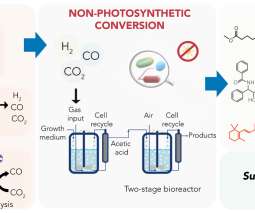
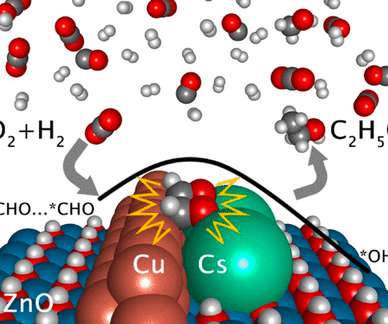
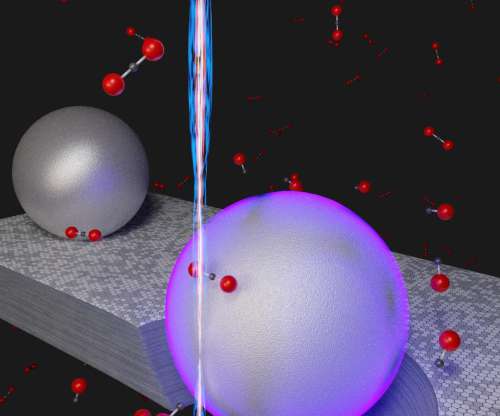
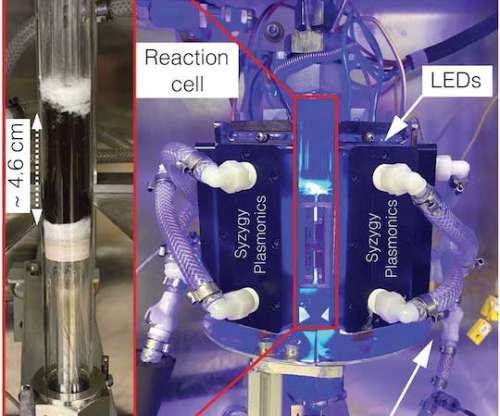




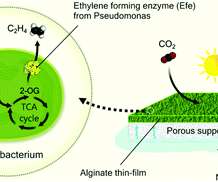
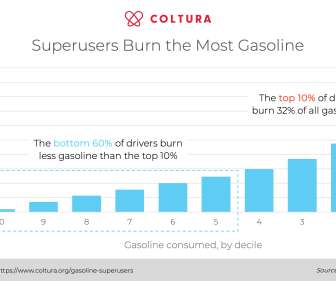
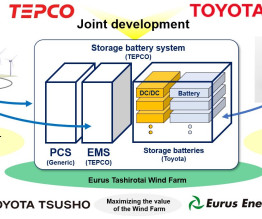




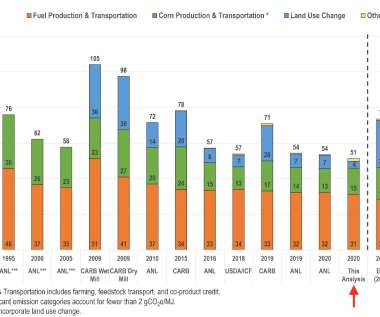



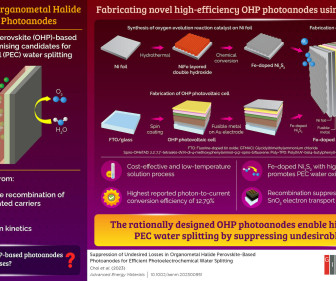













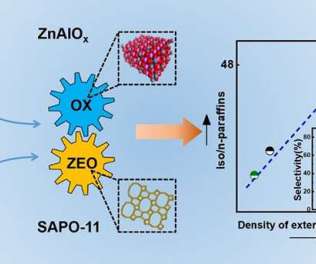



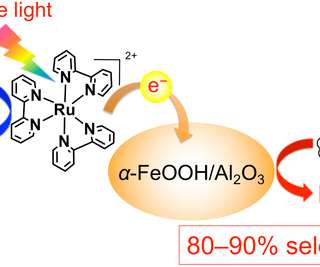








Let's personalize your content